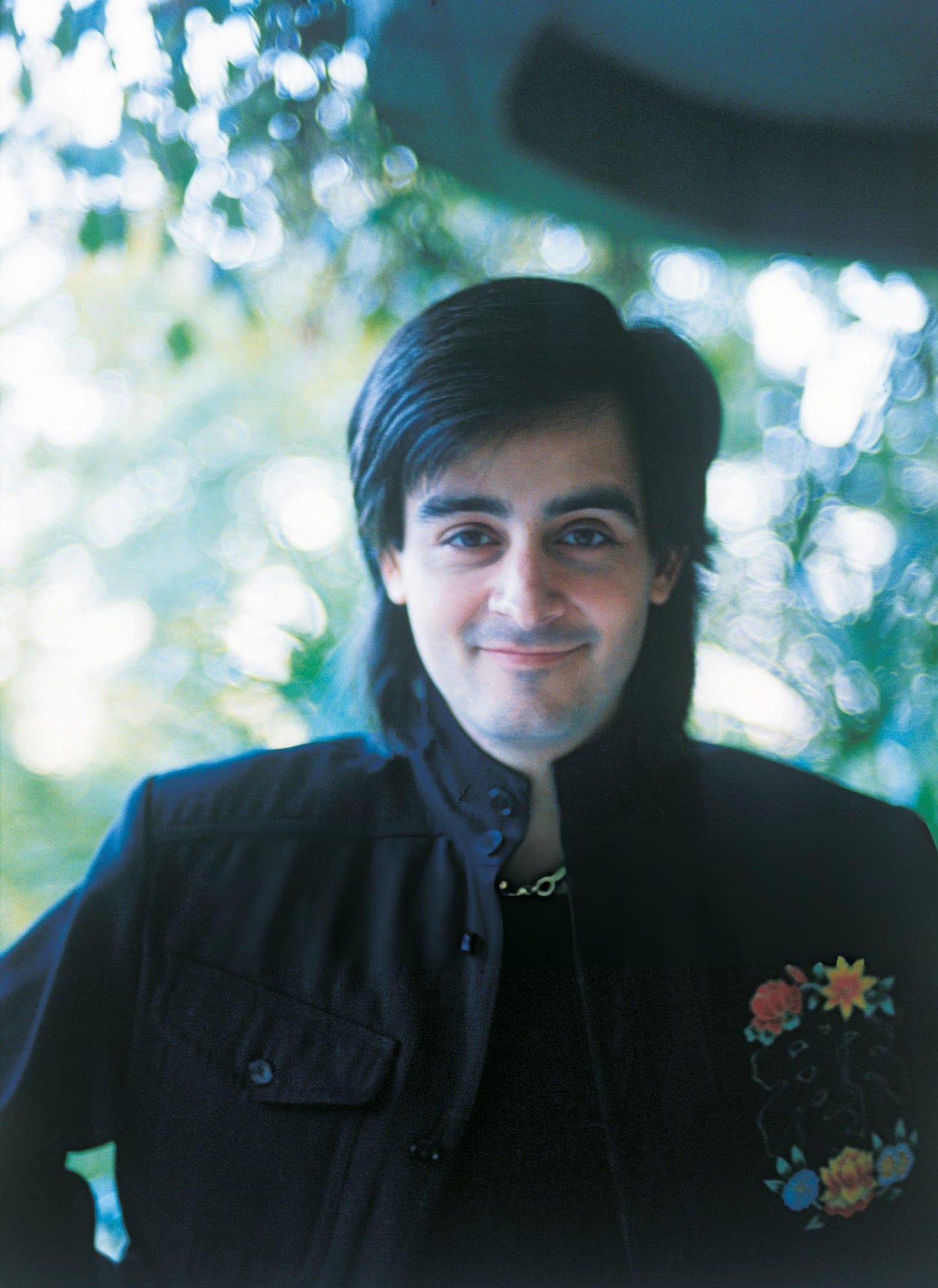Between Prog, Giallo, and Disco: Our Interview with Claudio Simonetti.
How the composer, arranger, and producer brought Italian disco to global charts.
Claudio Simonetti achieved cult status in genre entertainment because of the movie soundtracks he penned for some of the most prominent Italian Giallo films: Profondo Rosso (1975) celebrating its 50th anniversary, came with a soundtrack that effortlessly elevated typical “spooky” soundbites with prog influences; Tenebrae (1982) combines horror hints with synths and electronic stylistic flourishes. Demons (1985) added tribal beats, while Phenomena, of the same year, mixed electronic instrumentation with operatic vocals.
He is also one of the most influential composers, arrangers, and producers of disco music in Italy.
The son of composer Enrico Simonetti, the Brazilian-born Claudio started playing the piano at age 8. “I then started studying at the Conservatory, specializing in piano and composition, but in parallel to that, I was active in various rock bands, all the way to Goblin,” he tells us. “Then, we split after 1978, because the prog era was over, and in came this dance and electr…



